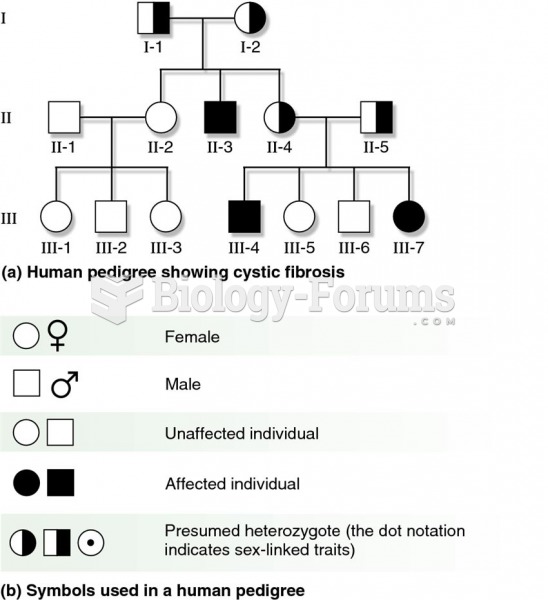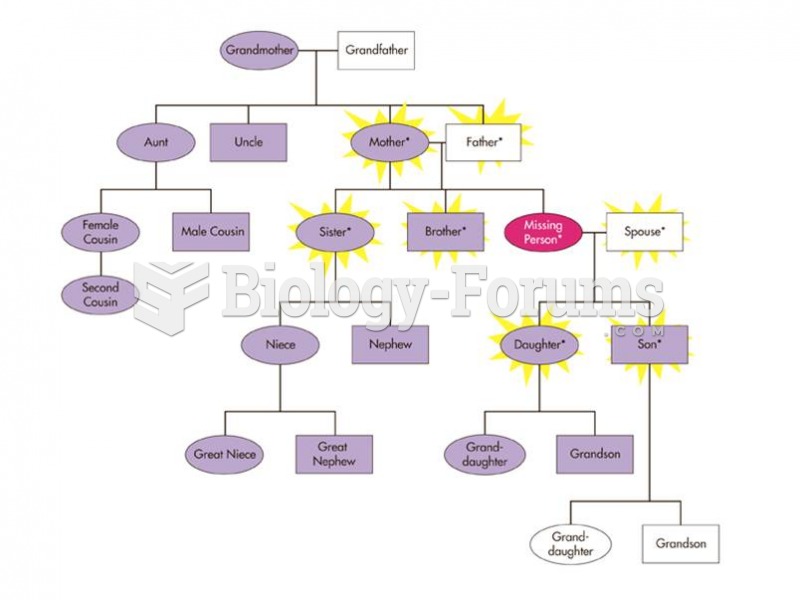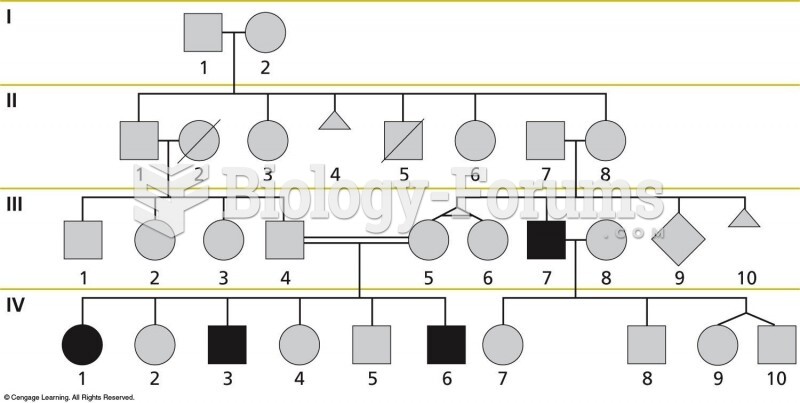Answer to Question 1
By the end of the 1960s, there was increasing concern about the number of children in foster care and the cost. There was widespread questioning of both the need to remove so many children from their biological homes and the effectiveness of foster care as a means of dealing with abused or neglected children. As a result, intensive family preservation programs were developed as a mechanism for protecting children and preserving families.
Family preservation is a model of intervention developed specifically for work with families in which the placement of one or more of the children is imminent. Family preservation services are typically limited to 4 to 6 weeks. Initial evaluations of intensive family preservation programs were uniformly enthusiastic. They were claimed to be successful in protecting the children involved and in saving costs by reducing placement of children outside the home. In recent years, however, there has been an increasing level of criticism of family preservation programs. Gelles concludes: To date, no evaluation study that uses a randomly assigned control group has found that intensive family preservation programs reduce placement, costs or the risk of maltreatment. There is a danger that failing to remove children who are being abused in a home actually places those children at risk of reabuse or even fatal abuse.
Answer to Question 2
No single cause can fully explain why parents abuse or neglect their children. Available research indicates that abusive and neglectful parents may have little in common. The following factors have been found to be associated with parents who abuse their children:
Some abusive parents were themselves abused as children. If not abused, they generally had a lack of stable love relationships in their childhood and an inadequate gratification of early emotional needs.
Although abuse, like neglect, is more heavily concentrated among the lower classes, it is more randomly distributed through the population than is neglect.
Frequently, one child in a family is singled out to be the target of the abuse.
In some cases, the abused child contributes to the process by placing greater than normal burdens on parental patience by having severe temper tantrums; by having feeding, speech, or toilet-training problems; and/or by being restless, negative, unresponsive, listless, whiny, or fussy.
The child who is the victim may, in disturbed families, be essential for the psychic stability of the family.
Abusive parents often show an absence of guilt, have a tendency toward social isolation, have a high level of overall aggressiveness, are prone to impulsivity, and tend to have emotional problems, feelings of inadequacy, and a low tolerance of criticism.
Environmental stress factors (for example, marital problems), economic pressures, and social isolation sometimes help trigger abuse.
Abusive parents tend to believe in strict discipline and to view misbehavior by their children as willful, deliberate disobedience.
Alcohol/drug abuse plays an important contributing role in some cases.
The following factors have been identified as associated with parents who neglect their children:
The preponderance of families comes from the lower socioeconomic classes. Financial deprivation is a major contributing factor.
A high percentage (60 in some studies) are one parent families, generally headed by a female.
Neglectful parents frequently have an atypically large number of children.
A fair number of neglectful mothers are below normal in intellectual capacity.
Neglectful parents (particularly the mothers who have the most contact with children) are physically and emotionally exhausted, have health problems, are socially withdrawn or isolated, are frustrated, are apathetic, and lack hope. Such factors lead them to be indifferent toward their children.
Neglectful parents tend to have been emotionally deprived during their early childhood years.
Neglectful parents are not without intrapsychic distress but are generally less emotionally disturbed than abusive parents.







